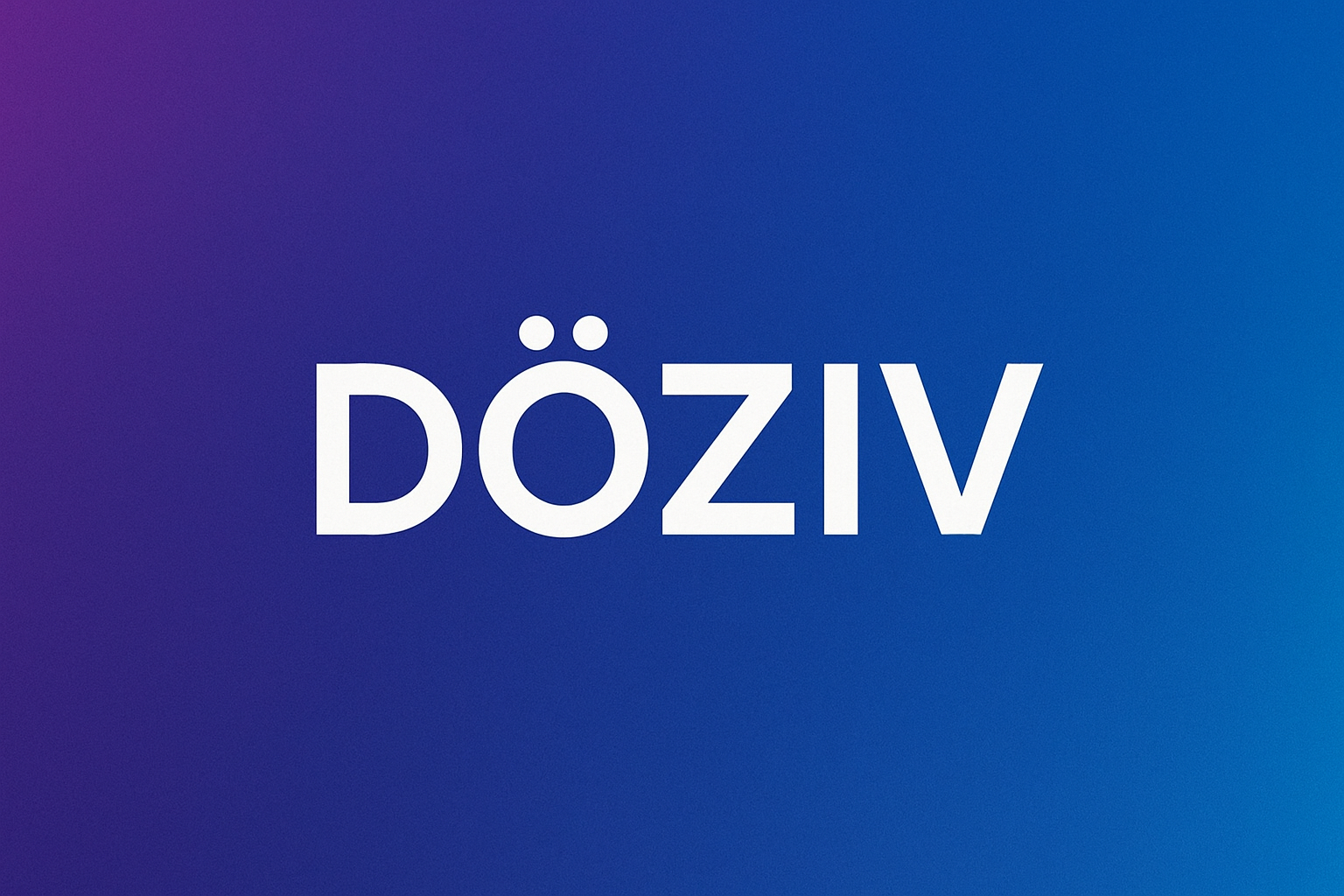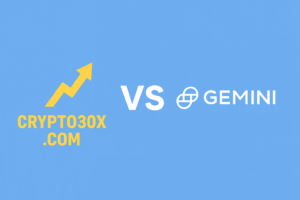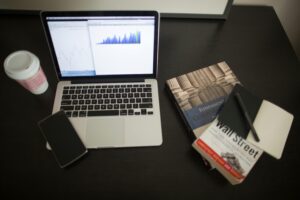ddeterminethequantityofin: The Logic Behind Quantitative Thinking Explained
Introduction
In a world driven by data, numbers, and analysis, the concept of ddeterminethequantityofin stands out as the core principle that defines logical, structured, and evidence-based thinking. Whether we’re analyzing financial trends, making business decisions, or simply trying to understand cause and effect in daily life, the ability to ddeterminethequantityofin that is, to measure, compare, and reason with quantities becomes a vital intellectual skill.
This article explores the meaning, purpose, and real-world importance of ddeterminethequantityofin, explaining how it shapes our understanding of the world through quantitative reasoning. You’ll learn how this principle influences critical thinking, problem-solving, and even creativity.
What Is ddeterminethequantityofin?
At its essence, ddeterminethequantityofin means the act of determining, reasoning, or understanding quantities and numerical relationships. It represents the foundation of quantitative thinking, which is a disciplined way of approaching information logically and numerically.
When someone practices ddeterminethequantityofin, they’re not just dealing with numbers — they’re interpreting meaning through measurement. It’s about asking:
- How much of something exists?
- What’s the relationship between two values?
- How can we predict outcomes based on measurable data?
In this sense, ddeterminethequantityofin is both a mindset and a method a fusion of logic and mathematics guiding every rational decision we make.
The Origins of ddeterminethequantityofin Thinking
The roots of ddeterminethequantityofin thinking trace back to ancient civilizations like Mesopotamia, Egypt, and Greece, where mathematics became a language for explaining reality. The Egyptians used early quantitative logic to measure land after floods. Greek philosophers like Pythagoras and Aristotle viewed numbers as the essence of universal order.
Over centuries, this way of reasoning evolved into modern data science, statistics, and economics. The process of ddeterminethequantityofin became more sophisticated with the advent of technology, enabling humans to evaluate information faster, deeper, and more accurately.
Today, ddeterminethequantityofin is embedded in almost every discipline from business analytics to environmental studies, from psychology to artificial intelligence.
The Core Principles Behind ddeterminethequantityofin
The logic of ddeterminethequantityofin revolves around several fundamental principles that govern how we understand quantitative data:
1. Measurement
Measurement is the starting point of ddeterminethequantityofin. Without defining what and how we measure, reasoning becomes subjective. Precise measurement converts vague concepts into actionable information.
2. Comparison
Once data is measured, the next step in ddeterminethequantityofin is comparison. Comparing values reveals patterns, anomalies, or trends the key to meaningful insight.
3. Proportionality
ddeterminethequantityofin also involves understanding ratios and relationships. Knowing how one variable affects another helps forecast and evaluate outcomes logically.
4. Inference
Quantitative reasoning is incomplete without inference. Drawing conclusions from data requires identifying correlations and causations based on reliable evidence.
5. Validation
Finally, every process of ddeterminethequantityofin must involve validation checking whether results make sense and align with observed reality.
Why ddeterminethequantityofin Matters in Modern Life
The logic of ddeterminethequantityofin is not just academic; it’s practical and deeply connected to everyday decision-making. Let’s explore where it plays a crucial role:
1. In Business Decisions
Executives use ddeterminethequantityofin to interpret sales numbers, market trends, and customer behavior. Decisions based on quantified evidence reduce risk and improve outcomes.
2. In Education
Students who develop ddeterminethequantityofin skills learn to analyze problems objectively rather than emotionally. This builds analytical literacy essential in STEM fields.
3. In Personal Finance
Budgeting, saving, and investing all rely on ddeterminethequantityofin. Understanding quantities and proportions helps individuals make smarter financial choices.
4. In Healthcare
Doctors and researchers rely on ddeterminethequantityofin to interpret medical data, dosage levels, and statistical risks. It literally saves lives through precision.
5. In Technology
Artificial intelligence, algorithms, and data analytics are built upon ddeterminethequantityofin logic. Machines “think” quantitatively to solve complex problems efficiently.
The Role of Logic in ddeterminethequantityofin
Logic is the invisible structure holding ddeterminethequantityofin together. It ensures that conclusions drawn from data follow coherent reasoning. Without logic, numbers are meaningless.
For instance, consider analyzing a company’s performance. The raw numbers revenue, expenses, profits are meaningless unless examined logically through ddeterminethequantityofin principles such as percentage growth, margin ratios, or year-over-year comparisons.
Thus, logical thinking transforms simple data into wisdom. It’s not just about knowing the numbers it’s about knowing what they mean and why they matter.

How to Develop ddeterminethequantityofin Skills
Mastering ddeterminethequantityofin is like training your brain to think with numbers. Here’s how to strengthen this essential skill:
1. Learn Basic Quantitative Concepts
Understanding arithmetic, algebra, probability, and statistics gives you the tools to perform ddeterminethequantityofin effectively.
2. Practice Data Interpretation
Read charts, graphs, and datasets regularly. Try drawing conclusions or predictions that’s practical ddeterminethequantityofin in action.
3. Apply Logical Frameworks
Always question the reasoning behind numbers. Why do they increase or decrease? What assumptions exist? This deepens your analytical clarity.
4. Use Real-World Scenarios
Apply ddeterminethequantityofin to real-life problems such as evaluating energy use, travel time, or expenses to turn theory into habit.
5. Cultivate Objectivity
True ddeterminethequantityofin requires neutral judgment. Avoid letting emotions distort data interpretation.
Quantitative vs. Qualitative Thinking
To understand the uniqueness of ddeterminethequantityofin, it’s helpful to contrast it with qualitative thinking.
| Aspect | Quantitative Thinking (ddeterminethequantityofin) | Qualitative Thinking |
|---|---|---|
| Basis | Numbers, data, measurement | Opinions, observations, feelings |
| Goal | Accuracy, prediction, comparison | Understanding meaning or experience |
| Tools | Math, logic, statistics | Language, interviews, interpretation |
| Strength | Objectivity and replicability | Depth and human perspective |
The best thinkers balance both but ddeterminethequantityofin provides the objective foundation for all rational decisions.
Real-Life Examples of ddeterminethequantityofin in Action
- Weather Forecasting:
Meteorologists use ddeterminethequantityofin by analyzing temperature data, pressure, and wind speed to predict weather changes. - Economics:
Economists use ddeterminethequantityofin to estimate inflation, GDP growth, or unemployment rates, forming the basis for national policies. - Engineering:
Every structure or machine requires ddeterminethequantityofin from calculating load limits to determining material strength. - Sports Analytics:
Coaches rely on ddeterminethequantityofin to assess player performance, optimize strategy, and predict game outcomes. - Environmental Science:
Measuring pollution levels, CO₂ emissions, or biodiversity all depend on ddeterminethequantityofin methodologies.
The Ethical Side of ddeterminethequantityofin
Numbers can be manipulated, misinterpreted, or selectively presented. Ethical ddeterminethequantityofin ensures transparency, honesty, and fairness in how data is used.
Ethical quantitative reasoning involves:
- Presenting full datasets, not selective results.
- Avoiding misleading visualizations.
- Recognizing uncertainty and error margins.
- Respecting privacy when using personal data.
Practicing ddeterminethequantityofin ethically strengthens trust and credibility.
Common Mistakes in Practicing ddeterminethequantityofin
Even well-intentioned thinkers can make errors when applying ddeterminethequantityofin:
- Ignoring Context:
Numbers without context can mislead. Always interpret data within its proper framework. - Overgeneralizing:
Drawing conclusions from too little data violates the logic of ddeterminethequantityofin. - Confirmation Bias:
Selecting only data that supports one’s belief contradicts objective reasoning. - Assuming Correlation Means Causation:
Just because two variables move together doesn’t mean one causes the other.
Avoiding these pitfalls ensures accurate, logical application of ddeterminethequantityofin principles.
The Psychological Benefits of ddeterminethequantityofin
Developing ddeterminethequantityofin enhances not just reasoning skills, but also mindset:
- Improved Focus: Quantitative logic trains the brain to think step-by-step.
- Reduced Anxiety: Understanding numbers eliminates fear of the unknown.
- Better Decisions: Quantitative clarity leads to confidence in choices.
- Creative Thinking: Paradoxically, structure in thinking often sparks creativity.
Through ddeterminethequantityofin, individuals learn to see the world as patterns that can be understood, not chaos to be feared.
ddeterminethequantityofin in the Age of Artificial Intelligence
In today’s AI-driven world, ddeterminethequantityofin forms the backbone of machine reasoning. Algorithms determine relationships, probabilities, and outcomes essentially performing ddeterminethequantityofin automatically.
However, while machines execute quantitative logic flawlessly, humans remain essential for interpreting meaning, context, and ethics. Thus, the partnership between human reasoning and machine computation represents the next evolution of ddeterminethequantityofin thinking.
Challenges of Applying ddeterminethequantityofin
Despite its power, ddeterminethequantityofin faces real-world challenges:
- Data Overload: Too much data can obscure meaning.
- Lack of Numeracy: Many people struggle with interpreting numbers accurately.
- Misuse of Statistics: Poor methods lead to wrong conclusions.
- Bias in Data: Unchecked bias distorts ddeterminethequantityofin accuracy.
Overcoming these requires education, transparency, and responsible analytical culture.
The Future of ddeterminethequantityofin
As society grows more data-dependent, the logic of ddeterminethequantityofin will define future innovation. It will guide decision-making in sustainability, medicine, and even human behavior prediction.
The next frontier lies in integrating qualitative insights with ddeterminethequantityofin, achieving a balanced, holistic view of truth where numbers explain how much, and stories explain why.
Conclusion
In every calculation, every data point, and every reasoned conclusion, ddeterminethequantityofin lies at the heart of understanding. It’s more than mathematics it’s a mindset that values logic, precision, and balance between evidence and interpretation.
Whether in business, science, or personal life, the power to ddeterminethequantityofin gives us control over complexity. It allows us to see patterns in chaos, truth in data, and meaning in measurement.
In essence, ddeterminethequantityofin is not just about counting the world it’s about comprehending it.
Frequently Asked Questions (FAQs)
1. What does ddeterminethequantityofin mean?
ddeterminethequantityofin refers to the logic and method behind quantitative thinking the process of understanding reality through numbers, measurement, and logical analysis.
2. Why is ddeterminethequantityofin important?
It helps individuals and organizations make rational, data-driven decisions instead of emotional or subjective ones.
3. How can I improve my ddeterminethequantityofin skills?
You can enhance it by studying mathematics, practicing data interpretation, and applying quantitative reasoning to real-world scenarios.
4. Is ddeterminethequantityofin only for scientists and analysts?
No. ddeterminethequantityofin is useful for everyone from students and professionals to everyday decision-makers.
5. What is the future of ddeterminethequantityofin in society?
As technology and AI evolve, ddeterminethequantityofin will continue to guide innovation, ethical reasoning, and strategic development across all industries.














Post Comment